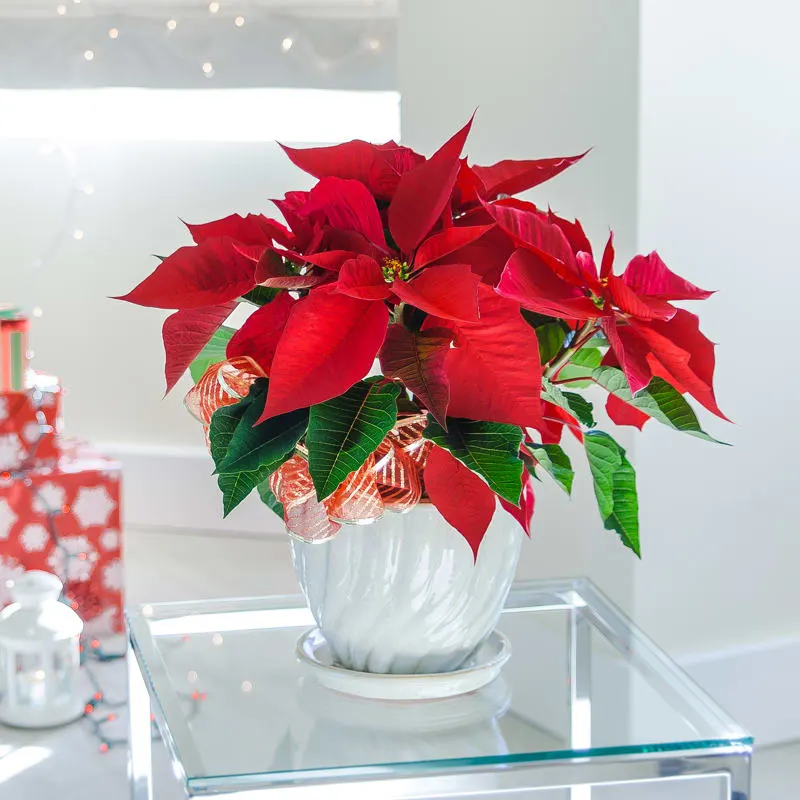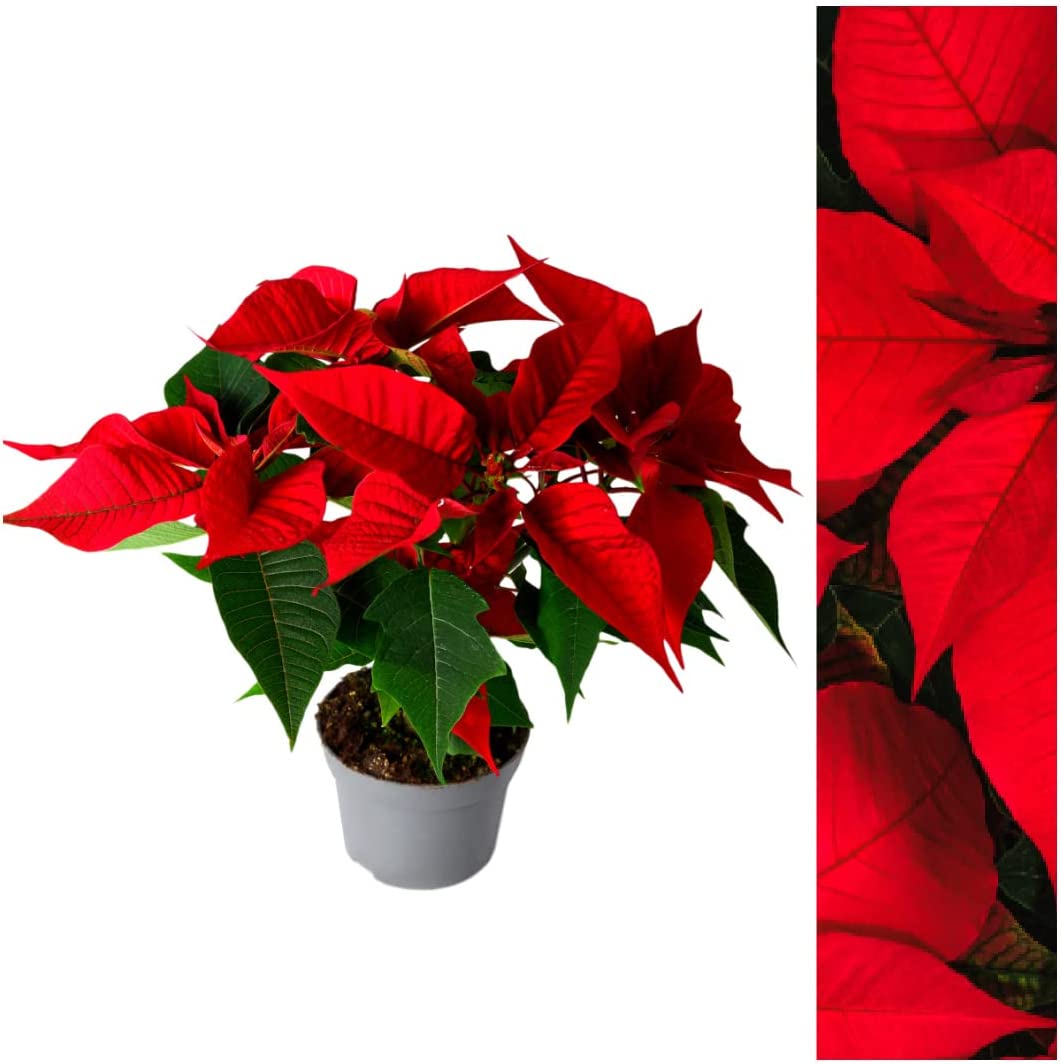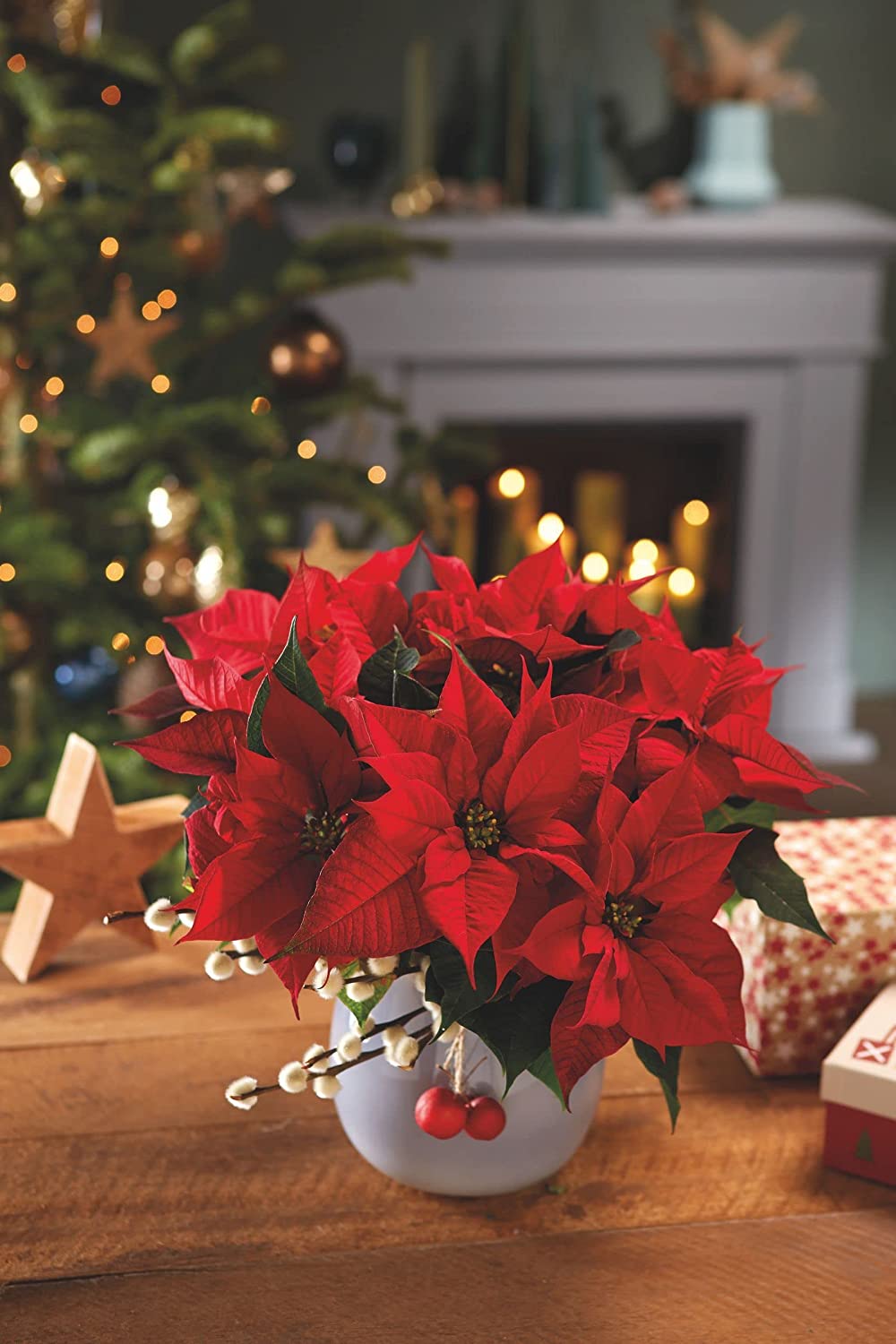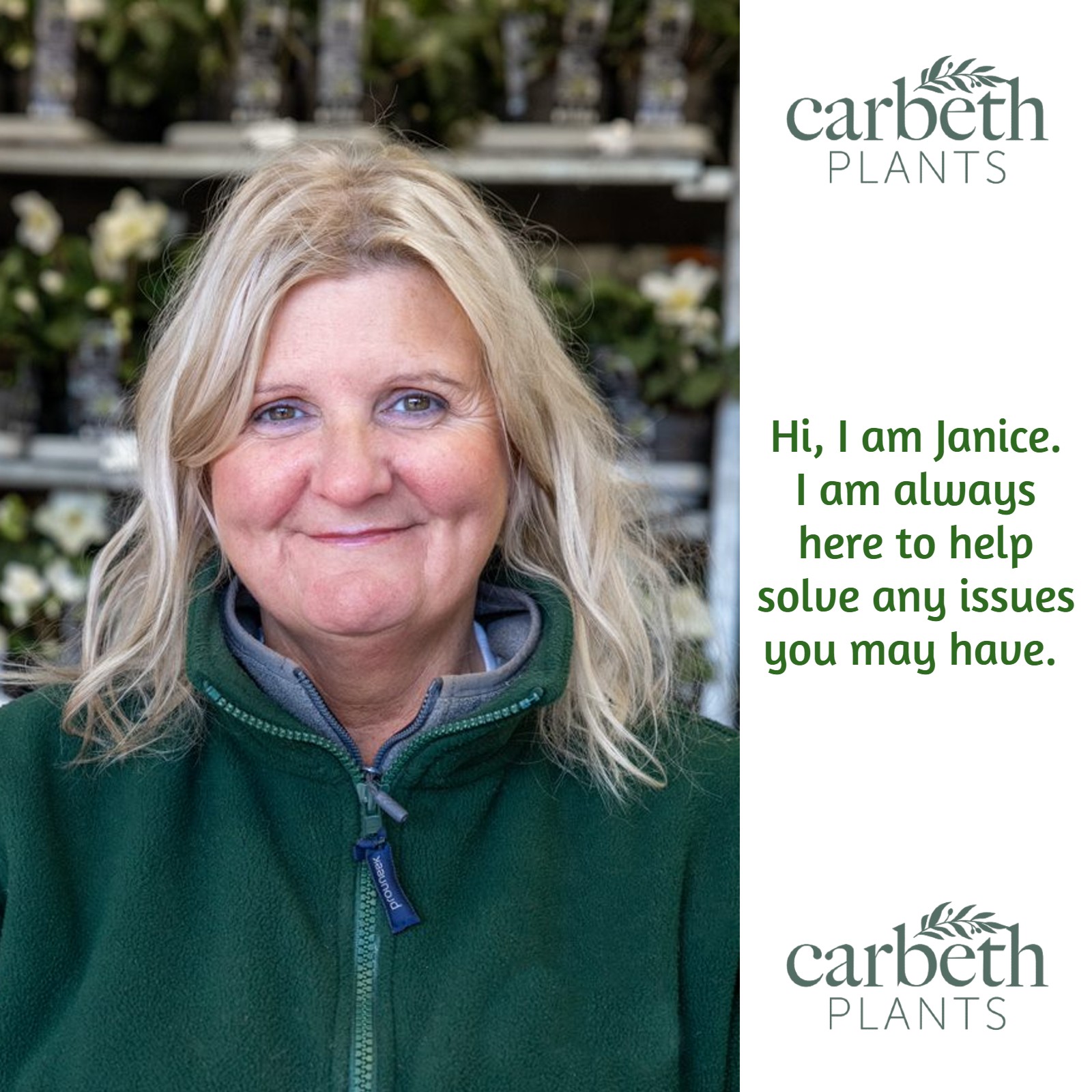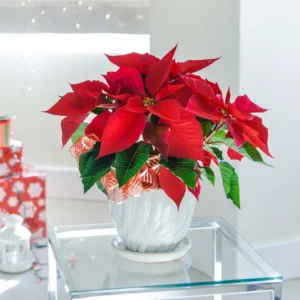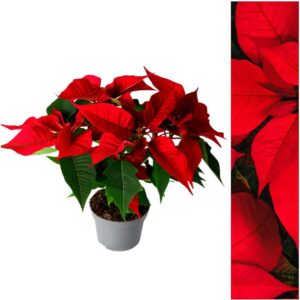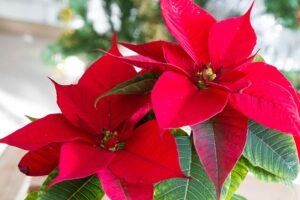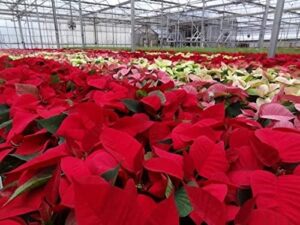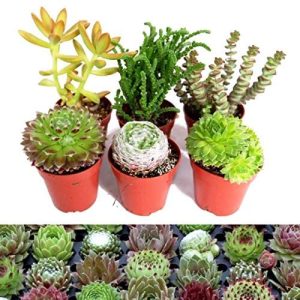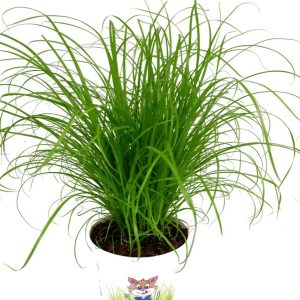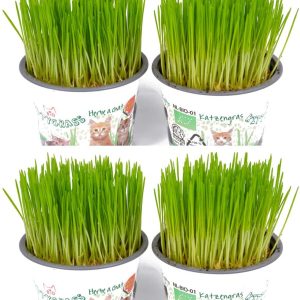Red Poinsettia – Red Christmas Poinsettia
0 reviews
Red Christmas Plant 13 cm Pot
- These pretty pink poinsettias make great gifts for the festive season. Poinsettias like a warm room free from draughts and with a little care will bloom all the way through December and into the new year.
- Our Red poinsettia are a great choice if you fancy something a little less traditional. Really gorgeous and full plants just as pictured and available again from the beginning of December.
- This would be a perfect gift, or look lovely adorning your home. Poinsettias are of course the essential Christmas Plant, and they have become as much a part of the traditional Christmas as the turkey and the tree! These 'Princettia' however are a new modern breed that differ from the usual red coloured plants and come in a beautiful pretty pink shade.
- The brightly coloured bracts are often mistakenly thought to be flowers, which are in fact the small insignificant yellow buds in the centre. Keep the compost just moist and place in a brightly lit room to ensure the brightest bract colour.Supplied as a bushy colourful plant as pictured, why not grab a white or mint pot too, simply position and enjoy! Overall size including pot is approx 30-35cms high and wide.
Out of stock
Enter your email below and we'll contact you when It's back in stock.
-
Eventual Height
60 to 80cm
-

Pot Size
13cm
-
Season of Interest
Winter
-
Light Required
Poinsettia do best when placed in bright, diffused sunlight, so place your plant near a sunny window where it will receive at least six to eight hours of diffused light per day. Although the plants can survive with fewer hours of light, they won't be as vigorous or as long-lived. Be aware that exposure to direct sunlight can burn bracts and leaves.
-
Watering
Water your poinsettia whenever the soil surface feels dry to the touch. Saturate the soil completely until water runs through the drainage holes in the bottom of the pot, but do not let the plant sit in water. If the pot was wrapped in decorative foil, be sure to poke a few holes through the bottom to allow excess water to drain away. Overwatering is the quickest way to kill a poinsettia, and wilting leaves and rotted plant roots are usually signs of overwatering.
-
Best Growing Conditions
To keep your poinsettia in bloom as long as possible, maintain a temperature of 10 to 15 degrees during the day. A slight drop in temperature at night will not hurt the plant. However, cold drafts, allowing the leaves to touch a cold window, or more importantly, a lack of adequate light, can injure the leaves and cause premature yellowing and leaf drop. Do not fertilize these plants during their blooming period. When keeping the plant throughout the year, you can begin fertilizing in the spring at half-strength when there's no growth, but not until then. Feed every three to four weeks until the plant is re-established.

Interesting Facts About Poinsettias
- No flower says Christmas like the beautiful poinsettia. Learn a few facts about this traditional Christmas plant.
- Poinsettias are part of the Euphorbiaceae or Spurge family. Botanically, the plant is known as Euphorbia pulcherrima.
- Many plants in the Euphorbiaceae family ooze a milky sap. Some people with latex allergies have had a skin reaction (most likely to the sap) after touching the leaves. For pets, the poinsettia sap may cause mild irritation or nausea. Probably best to keep pets away from the plant, especially puppies and kittens.
- Poinsettias are not poisonous. A study at Ohio State University showed that a 50-pound child would have to eat more than 500 leaves to have any harmful effect. Plus poinsettia leaves have an awful taste. You might want to keep your pets from snacking on poinsettia leaves. Eating the leaves can cause vomiting and diarrhea.
- The showy colored parts of poinsettias that most people think of as the flowers are actually colored bracts (modified leaves).
- Poinsettias have also been called the lobster flower and the flame-leaf flower, due to the red color.
- Joel Roberts Poinsett introduced the poinsettia plant to the United States from Mexico. Poinsett was a botanist, physician and the first United States Ambassador to Mexico.
- In Mexico the poinsettia is a perennial shrub that will grow 10-15 feet tall.
- There are more than 100 varieties of poinsettias available today. Poinsettias come in colors like the traditional red, white, pink, burgundy, marbled and speckled.
- December 12th is Poinsettia Day, which marks the death of Joel Roberts Poinsett in 1851.

What's In A Name?
- Poinsettias are part of the Euphorbiaceae or Spurge family. Botanically, the plant is known as Euphorbia pulcherrima.
- In Nahuatl , the language of the Aztecs, the Poinsettia was called Cuitlaxochitl (from cuitlatl, for residue, and xochitl, for flower), meaning “flower that grows in residues or soil.”
- Today the plant is known in Mexico and Guatemala as “”La Flor de la Nochebuena” (Flower of the Holy Night, or Christmas Eve).
- In Chile and Peru, the Poinsettia is called the “Crown of the Andes”.
- In Spain the Poinsettia has a different holiday attribution. It is known there as “Flor de Pascua”, meaning “Easter flower”.
- Poinsettias have also been called the lobster flower and the flame-leaf flower, due to the red color.
